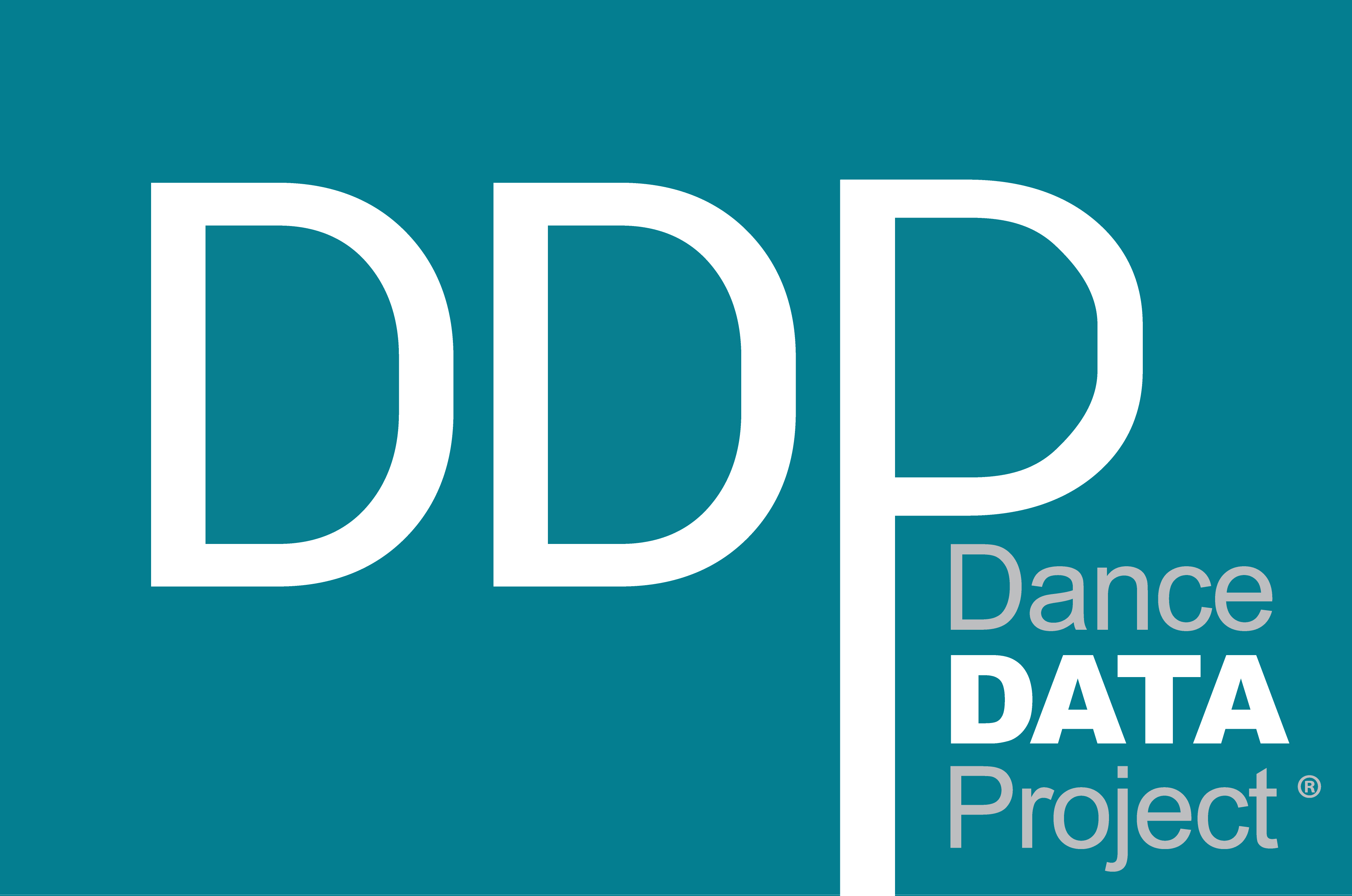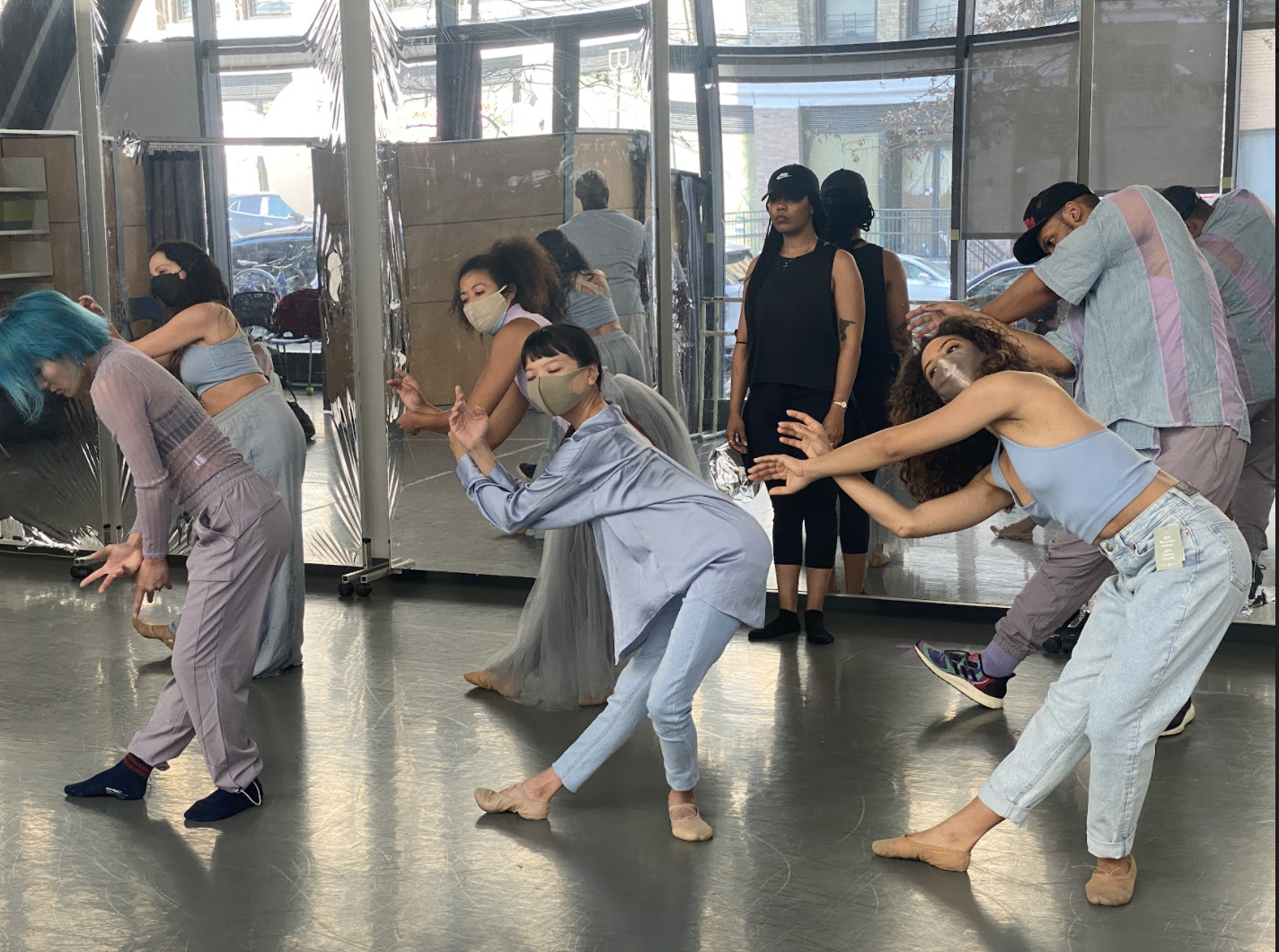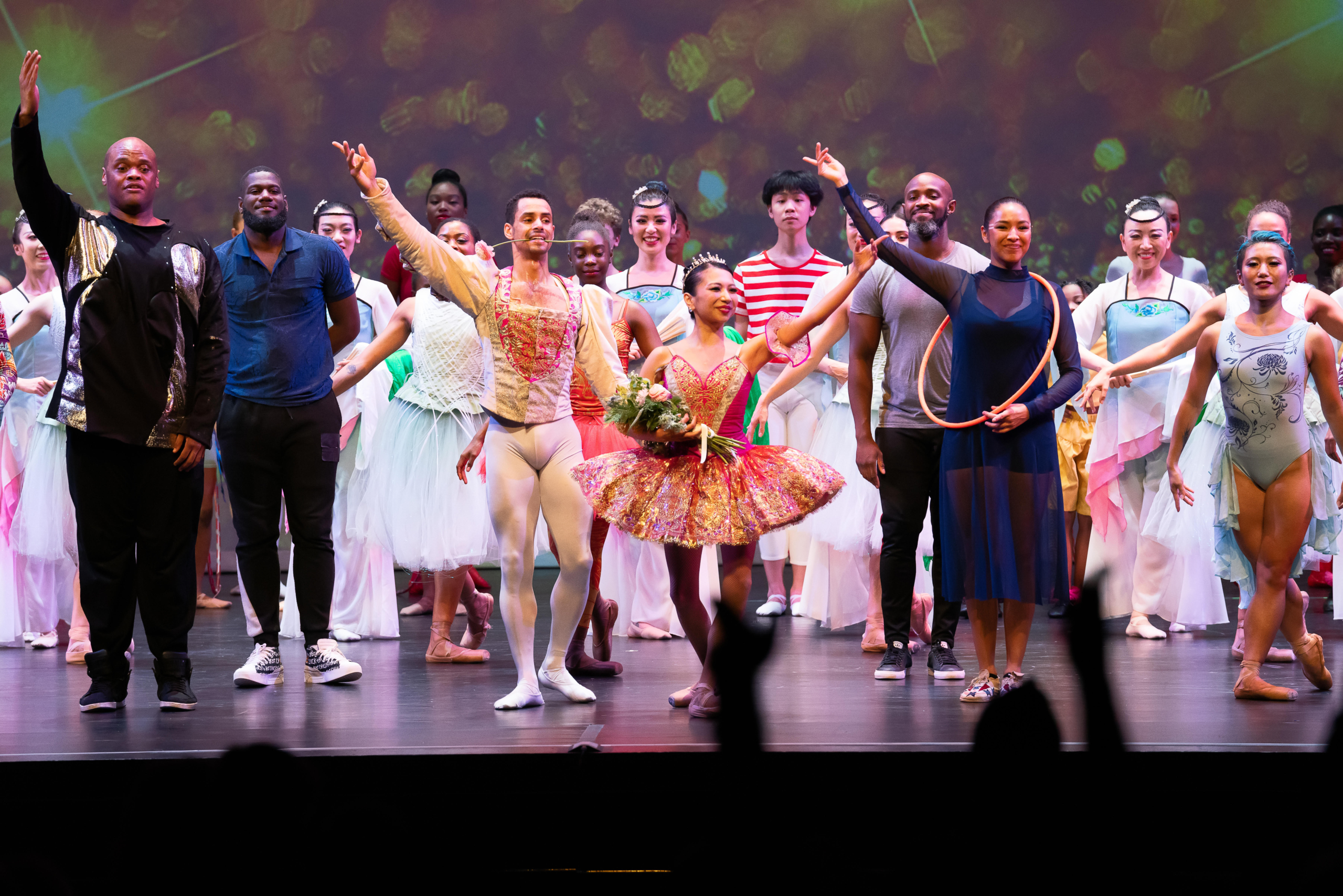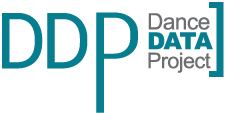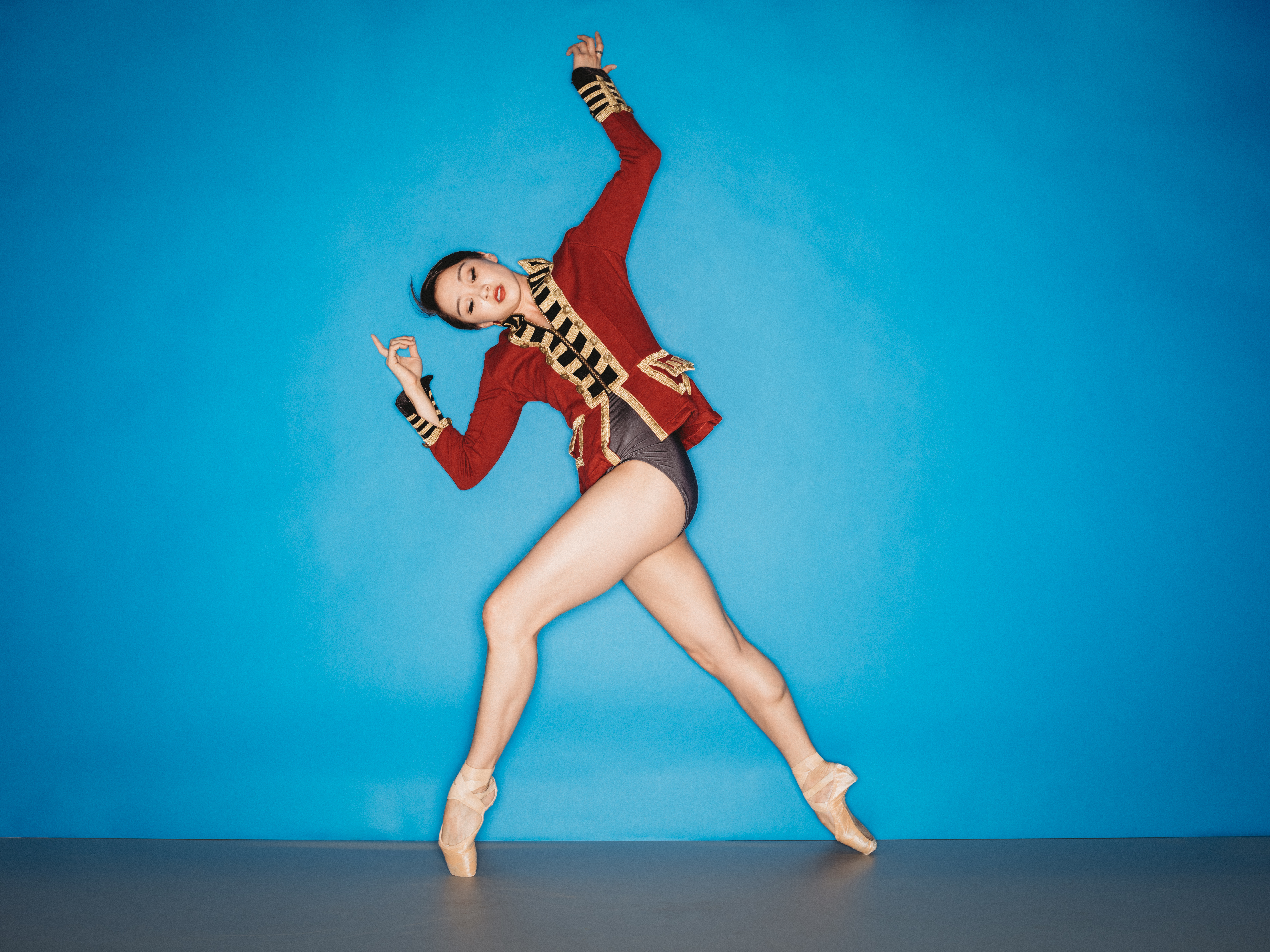DDP Talks To Lynn Parkerson (Founder and Artistic Director)
Brooklyn Ballet
You’ve now been running Brooklyn Ballet for 20 years. Walk us through its founding; what made you decide to start your own company? What has the company been doing recently to celebrate this major milestone?
I moved to Brooklyn in 1998. There were many arts organizations based in Brooklyn but no ballet company. I was 44 years old and had worked as a dancer, choreographer, director, producer, teacher, administrator, and presenter in Europe and the US. I was in a new place geographically and personally, (recently re-married, now a mother of three) and wanted/needed to continue my work as a choreographer. “Brooklyn Ballet” had a nice ring to it. Friends encouraged me, we dreamt about what a ballet company could be, wrote a manifesto. I registered the domain name in December 2000. Then in January 2001, word on the street (and the NYTimes) was that Twyla Tharp was bringing her company to Brooklyn and that they would become the Brooklyn Ballet. Oh well – so much for my Brooklyn Ballet. Though I had a feeling Twyla would not really take this on and, in fact, a few months later she had abandoned the idea, so I began working on our 501c3.
This year, our 20th, we are shining the light on all the company has accomplished, true to its mission, by providing world-class arts programming that reflects and serves Brooklyn’s diverse communities. The Company kicked off its 20th Anniversary on June 11 and 12 with a weekend of “Take Ballet to the Streets” free performances and dance classes on Albee Square in the heart of Downtown Brooklyn. There were close to 3,000 attendees. We followed up with a ballet/hip-hop pop-up performance on the Brooklyn Commons on June 23 to about 300 audience members. The Season continues in September with a new initiative, Brooklyn Incubator: open masterclasses for professional dancers from multiple dance genres facilitated by emerging choreographers. The Brooklyn Nutcracker at the magnificent Kings Theatre takes place December 15-17 and is followed by our Annual Spring Season in April at the Mark O’Donnell Theater. In addition, we are offering a series of events – intimate conversations, to our donors and supporters focused on Brooklyn Ballet’s unique creative process. We opened the series with “Words and Movement,” featuring Brooklyn Ballet’s poet-in-residence Jasmine Mans on May 24th. We launched a 20th Anniversary Campaign: Keep Brooklyn Dancing! to raise critical funds so that we continue to bring innovative dance programs to communities across Brooklyn. We are planning our first full-scale Gala for 2023.
Brooklyn Ballet is described on your website as “the first of its kind in Brooklyn in more than 40 years. How has your work been received by the community over the years?
In 2003, I was talking to a fellow pre-school mom. When I mentioned Brooklyn Ballet, she exclaimed, “my mother danced with the Brooklyn Ballet!” Her mother was Maria Grandy (formerly of Joffrey Ballet, Juilliard, and a mentor of mine). So indeed, in the sixties, there was a Brooklyn Ballet directed by Alan Banks. It looks to have folded in the mid-sixties.
Today’s Brooklyn Ballet attracts new audiences drawn to our work because of its relevance, newness, artistic merit, and because we look like our community. Our audiences are treated to multiple dance forms that share the spotlight and move in surprising dialogue as part of our signature repertoire. And we present classical works. Our first story ballet, The Brooklyn Nutcracker is now an annual holiday tradition with thousands of audience members traveling to Flatbush to experience it. Iconic choreography from Balanchine, Fokine, Cunningham, Duncan, Justament, and Dolin is revealed to our audiences in new ways with diverse dancers. My own work and the works of other veteran and emerging choreographers are created. Our programs and collaborations with composers, designers, writers, hackers, and visual artists have garnered Bessie nominations and press coverage from major outlets. But, it’s mostly our audiences that interest me. Do they stop and stay to watch us when they encounter us on the street? Can you hear a pin drop in performance? Do they laugh, cry? Stand up and cheer?
Part of Brooklyn Ballet’s core mission is creating ballets that “challenge conventions and defy expectations.” The company often presents pieces that explore activism, culture, and history, such as those featured in your recent Sonic Relief program. What is involved in creating this kind of work and how does the audience respond to having their expectations challenged?
I have created a different space for making ballets. Some years ago I observed street/hip-hop dancers rehearsing. There was creativity going on in every corner of the room, ideas being tried, energy exchanged. The ad hoc leaders then brought the group together, allowing for far more collaboration than I’ve seen in the ballet space, where dancers often wait for the person in front of the room (typically a man) to dictate the movements. Brooklyn Ballet creates in an open playground-like space. I remember when one of my dancers who had worked in many ballet companies with many choreographers said “I’ve never heard the word ‘play’ used in a ballet rehearsal before.” I often begin rehearsals with somatic exercises bringing BB’s dancers of disparate styles together to connect in the space. Sometimes just a simple connecting exercise is so beautiful that it makes its way into a new work. Dances we create have wide open sections for freestyling (improvisation), so natural for the street dancers, and often a challenge for the ballet dancers. Other sections are rigorously choreographed; ballet variations are performed in conjunction with a hip-hop sequence. The repetition needed to set a work is not initially welcomed by the freestyling street dancers but is now an understood part of the process. We are learning from each other.
Dance is a global vocabulary. I love bringing authentic dance traditions to the ballet space. The Brooklyn Nutcracker is a perfect illustration of what is possible when the character dancers are Brooklyn street dancers and the Divertissements represent the authentic dance traditions after which they are named. I’d love to tackle another story-ballet like Coppelia. Story-ballets are full of humor and joy and real charm. Sometimes whole sections of a story-ballet fall flat while you wait (take a nap?) for the virtuosic pas de deux and solo. Why? There is a lack of creativity and innovation in our major dance company leadership. I have been working since 2002 integrating and expanding the ballet tradition. Ballet is a magical form that I love. Sometimes I find ballet is stuck in old-fashioned reconstructions or worse, in contemporary brutal, sometimes misogynistic, choreography that, with all its virtuosity, becomes boring and audiences sleep through it. I’m interested in performances on the street or in an “open mic” setting, to test out a work with new audiences, audiences who don’t normally attend ballet, who never thought they wanted to. Brooklyn Ballet has successfully built new audiences for ballet, not by offering drinks and discounted tickets in the fourth ring, but by creating work that draws people in, is relevant, and speaks to who we are as humans.
Many of your performances incorporate techniques like hip-hop, break-dancing, flamenco, tap, jazz, Native American Hoop Dance, and various other styles alongside classical ballet choreography. What is the rehearsal process like for these performances and why is it important to you to incorporate these interdisciplinary techniques?
When I bring dancers from other traditions into a production, like The Brooklyn Nutcracker, we begin with a conversation about Nutcracker. For example, when I first approached a Chinese dance company about performing with us, I was met with suspicion and disinterest (most dancers are thrilled to be invited into the production). The director told me she was taken to see Nutcracker as a child and was so insulted by the Chinese dance that she never went back. “That is not Chinese culture! Those finger movements!” I told her ours would be different and slowly convinced her to give us a chance. The dances from other traditions are choreographed by the directors and dancers from those traditions. They send me videos of their process. When we all come together in-studio for rehearsals I work out organic transitions from one dance to another. As I come to understand their vocabulary, I facilitate interactions between the dancers of different styles.
This process is expanding into other productions besides Nutcracker. I’ve gotten to know Sira Melikian (Middle Eastern belly dancer) after 6 years of working with her on Nutcracker. She is dancing in our most recent work Unnatural Surrounding. The work is centered around the poetry of Jasmine Mans, and often references the historical trauma of black history. Sira revealed to me that performing in the piece conjures up for her the Armenian genocide and provides a kind of healing as she moves through the dance. The vocabulary of Unnatural Surrounding calls on the specificity of the varied dancers’ vocabulary, (ballet, hip-hop, vogueing, belly dance) in conversation. The dancers exchange material, dance in juxtaposition to each other, and create solos and duets.
Tell us more about your Nutcracker, The Brooklyn Nutcracker, which is described as “New York’s only culturally inclusive production.” How did you make a notoriously exclusionary ballet inclusive? What does this look like and how does it change and adapt each holiday season?
It looks like having street dancers play Drosselmeyer, the butler, party guests, and, in the second act, Angels. It looks like having traditional dance groups perform the Spanish, Arabian, and Chinese dances. It looks like adding Afro-Caribbean dancers in juxtaposition to ballet dancers in the Marzipans/Marzipettes dance. It looks like opening the second act with a Native American hoop dancer and having her integrated in several scenes throughout. It has taken me seven years to complete the production, adding scene after scene. In planning for 2023, we are looking to add live music with an orchestra that is made up of western and eastern instruments.
The idea of bridging cultural and class divides is also at the core of Brooklyn Ballet’s mission. How does this idea influence not only your work in rehearsals and on stage but also your outreach into the larger community?
When BB received our first municipal grant to bring a dance program into the schools, I went to talk with the principals of three schools in Flatlands, Canarsie, and Marine Park — very diverse communities. The schools teach children who had never seen ballet or experienced a live dance production. How was a ballet program for them going to work? How would we design it? I created a lecture demonstration “What is Ballet?” to kick off the program. The dancers looked like the students, we danced in street clothes, then ballet costumes: baroque dress, romantic and classical tutus. We showed how strong the men need to be. I’ll never forget one performance for a middle school in Canarsie. The kids were super rowdy until a charismatic male ballet dancer walked on stage and proceeded to dance the Nutcracker pas de deux and coda. The girls went wild, it was like a 60’s Beatle concert.
In our Elevate hands-on ballet classes we utilize Ann Hutchinson Guest’s “Language of Dance” motif writing as a literacy and intellectual tool for understanding ballet. We set goals for learning ballet vocabulary and experiencing the physicality of ballet. The Elevate program was an immediate success. The kids were hungry for ballet with its rigorous skill building and repetitive, predictable, stabilizing barre work. Bridging class and cultural divides demands that all communities are exposed to all art forms. In this case, ballet training and performances. And, that we in the ballet world see other dance forms like Brooklyn flex, pop n’lock, flamenco, and other dance traditions as equally important, having their own history and evolution. My work as a choreographer continually explores this dialogue and it’s taken the company into unique directions.
Tell us a bit about your work in collaboration with the supportive housing organization Breaking Ground. How does this partnership foster Brooklyn Ballet’s connection with the community?
Being on the ground floor, with floor to ceiling windows, exposes our community to the beauty and rigor of ballet. Everyone knows about the ballet studio on Schermerhorn Street. They ride their bikes by, and bring their children by to look in the windows. During COVID we created Culture Window, and Brooklyn Nutcracker in the Jewel Box, performing inside the studio with the audience watching outside from the sidewalk. These were some of our most moving performances, a shred of joy in a most difficult time. There is a 99-seat black box theater in the facility, the Mark O’Donnell Theater, that has been our home theater since 2010. It has been an invaluable resource where we have developed and shown our work. We provide free tickets for our annual season to residents of The Schermerhorn. We also use the theater space three days a week as an additional studio to increase our dance school offerings.
You’ve recently achieved several significant accomplishments including the well-publicized success of your June “Take Ballet to the Streets!” performances, and your invitation to open an additional dance school in the Flatbush neighborhood of Brooklyn. What does the future hold for Brooklyn Ballet, and what are you hoping to accomplish next?
We aim to raise enough money and awareness to successfully bring our brand of ballet into the larger community and with a second location. We want to facilitate a leadership transition, BIPOC leadership, that builds on who Brooklyn Ballet is and secures a future in Brooklyn and beyond for a ballet company that represents, creates, and provides for its community. We want to express the creativity, which is massive, of Brooklyn’s artists. We want our unique brand of dancemaking to continue and we want to share the history of ballet, its magic, and its migration into today’s world.
Next? BB’s Summer Intensive in August, Brooklyn Incubator in September, and on to The Brooklyn Nutcracker in December. We are now hiring a full-time school administrator and a social media manager to increase our capacity and to bring awareness about Brooklyn Ballet to a much larger audience.

